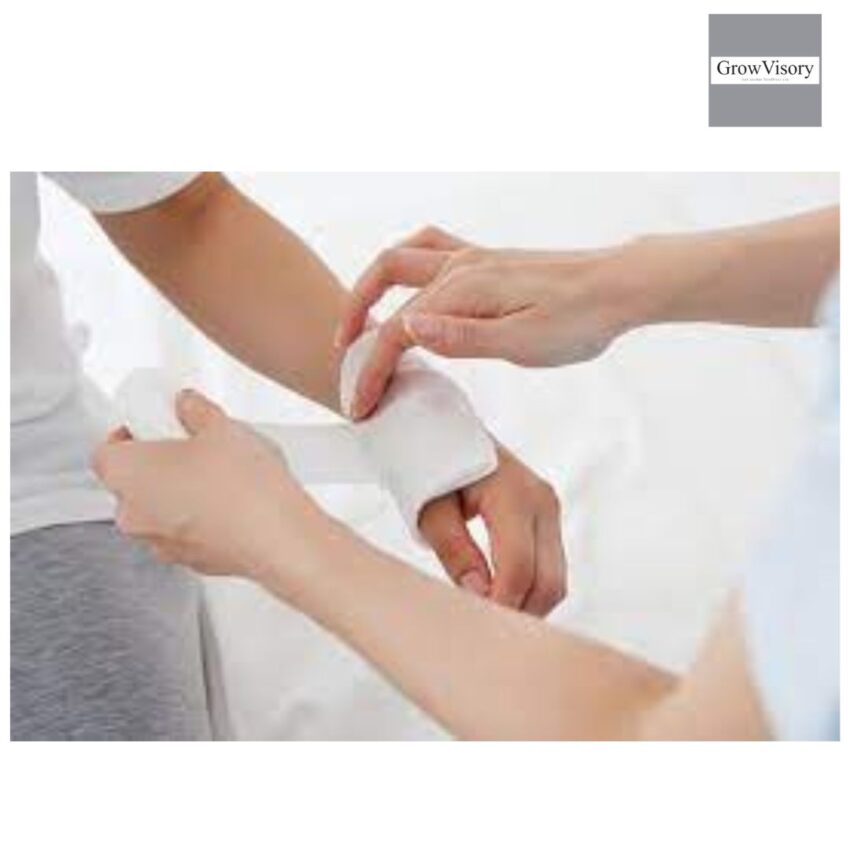Wounds are a common part of life, from minor cuts and scrapes to surgical incisions and more significant injuries. Proper wound care is crucial to ensure optimal healing and prevent infection. It’s essential to know how to differentiate between the signs of a healing wound and those of an infected one to seek appropriate medical attention when necessary.
Understanding the Wound Healing Process:
Before delving into the signs of healing or infection, it’s essential to understand the natural stages of wound healing:
Hemostasis: Immediately after an injury, the body initiates hemostasis, which involves blood clotting to stop bleeding.
Inflammation: The body’s immune response begins, with white blood cells and chemicals working to protect against infection.
Proliferation: New tissue forms to cover the wound, and blood vessels start to develop.
Remodeling: This final stage involves the restructuring of tissues, making them stronger and more resilient.
Signs of Healing:
Decreased Pain: As the wound heals, pain and discomfort typically decrease. Initially, some pain and tenderness are normal, but it should gradually diminish.
Reduced Swelling: Swelling is common in the inflammation phase but should subside as the wound heals.
Pink or Red Tissue: Healthy granulation tissue should appear pink or red, indicating new tissue growth.
Smaller Size: The wound’s size should gradually reduce as it heals, and the edges should become smoother.
Less Drainage: Initially, wounds may have a discharge, but as they heal, this drainage should decrease and become clearer.
Signs of Infection:
Increased Pain: While some pain is normal, worsening or severe pain may indicate an infection.
Prolonged Swelling: If the swelling doesn’t reduce or becomes more pronounced, it could signal an issue.
Change in Discharge: If the wound’s discharge turns thick, green, yellow, or foul-smelling, it may be infected.
Red Streaks: The appearance of red streaks spreading from the wound can indicate an infection, often associated with lymphangitis.
Heat Around the Wound: An infected wound may feel warm to the touch.
Fever: A fever, especially when accompanied by chills, can indicate a systemic infection related to the wound.
Delayed Healing: If the wound doesn’t seem to be progressing through the stages of healing or if it regresses, it may be infected.
When to Seek Medical Attention:
If you notice signs of infection, it’s crucial to seek prompt medical attention. Left untreated, wound infections can lead to complications. Even if you’re unsure, it’s better to consult a healthcare professional to rule out infection. Additionally, certain wounds are at a higher risk of infection, such as animal bites, deep puncture wounds, and surgical incisions.
Preventing Infections:
Prevention is always better than cure. To minimize the risk of wound infections, consider the following:
Keep it clean: Clean the wound with mild soap and water and keep it covered with a sterile bandage.
Use antibiotics: If prescribed antibiotics, take the full course, even if the wound starts to heal.
Keep vaccinations up to date: Tetanus vaccines are essential for certain wounds.
Monitor and care: Pay attention to the wound’s progress and follow your healthcare provider’s instructions for wound care.
In conclusion, understanding how to tell if a wound is healing or infected is essential for proper wound care. When in doubt, consult a medical professional to ensure that your wound heals optimally and without complications. Your health and well-being depend on it.


